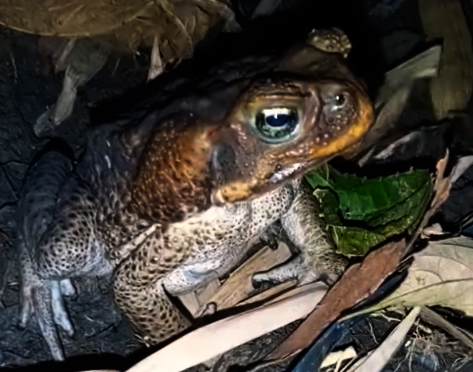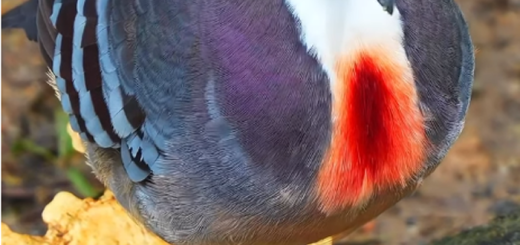Giant Philippine Frog – A Remarkable Amphibian

The Giant Philippine Frog (Limnonectes magnus) is a remarkable amphibian that captivates the imagination of wildlife enthusiasts and scientists alike. Native to the lush rainforests of the Philippines, this fascinating creature showcases both the beauty and the fragility of its environment. Here in Philippinature, we’ll delve into the characteristics, habitat, and conservation status of the Giant Philippine Frog.
Giant Philippine Frog Physical Characteristics
The Giant Philippine Frog is known for its impressive size, making it one of the largest frogs in Southeast Asia. Adult frogs can reach lengths of around 5 inches. Their bodies are typically robust, with long, powerful limbs that aid in both swimming and jumping. The skin of the Giant Philippine Frog is smooth and often displays a rich palette of colors, ranging from olive green to brown, helping them blend seamlessly into their rainforest surroundings.
Giant Philippine Frog Behavior and Diet
These frogs are primarily nocturnal, becoming active at night to hunt for food. Their diet consists mainly of insects, but they are known to consume a variety of small animals, including other frogs. The Giant Philippine Frog employs a sit-and-wait strategy, camouflaging itself among the foliage until prey comes within striking distance.
Reproduction
The breeding season for the Giant Philippine Frog typically occurs during the wet months, when the forests are abundant with water. Males can be heard calling to attract females, producing deep, resonant croaks that echo through the rainforest. After mating, females lay their eggs in temporary water bodies, where they hatch into tadpoles. The tadpoles grow rapidly, benefiting from the nutrient-rich waters of their environment.
Habitat and Distribution
The Giant Philippine Frog is primarily found in the lowland rainforests of the Philippines, particularly on the islands of Mindanao and Luzon. These habitats provide the moist conditions and ample vegetation that are essential for their survival. Unfortunately, habitat destruction due to logging, agriculture, and urbanization poses a significant threat to their populations.
Conservation Status
The IUCN Red List classifies the Giant Philippine Frog as “Vulnerable,” primarily due to habitat loss and degradation. Conservation efforts are underway to protect their natural habitats and ensure the survival of this unique species. Organizations are working to raise awareness about the importance of preserving biodiversity and implementing sustainable practices to safeguard these delicate ecosystems.
The Importance of Protecting Amphibians
Amphibians, including the Giant Philippine Frog, play crucial roles in their ecosystems as both predators and prey. They help control insect populations and serve as indicators of environmental health. The decline of amphibian populations worldwide is a concerning trend, highlighting the need for increased conservation efforts.
The Giant Philippine Frog is not just a fascinating creature; it is a vital component of its ecosystem. By understanding and appreciating this unique amphibian, we can take steps toward protecting it and its habitat. Through conservation efforts and increased awareness, we can help ensure that future generations will also marvel at the wonders of the Giant Philippine Frog in its natural rainforest home. Let us work together to safeguard the biodiversity of our planet for years to come!
References:
https://amphibiaweb.org/species/4774
https://en.wikipedia.org/wiki/Giant_Philippine_frog










